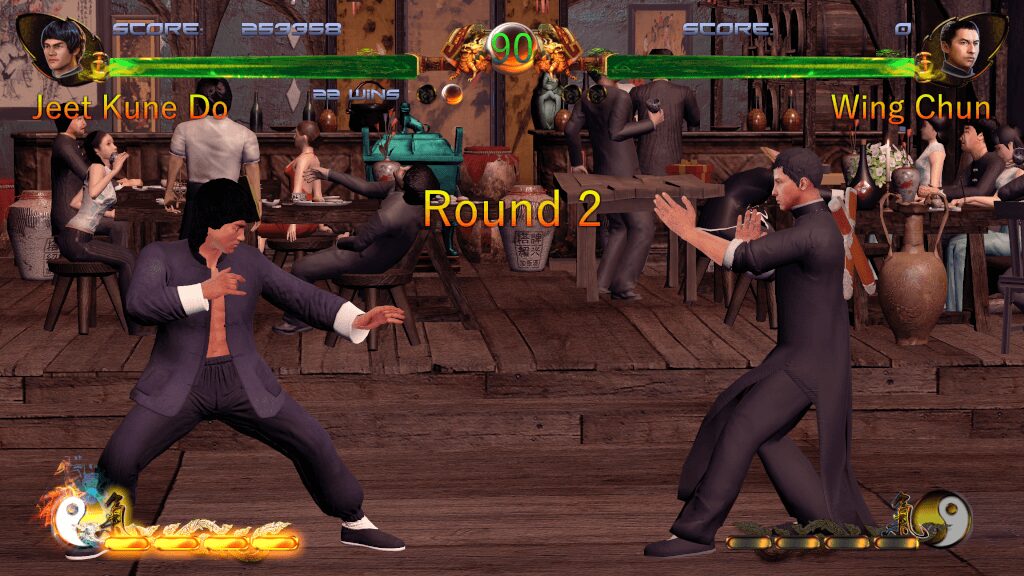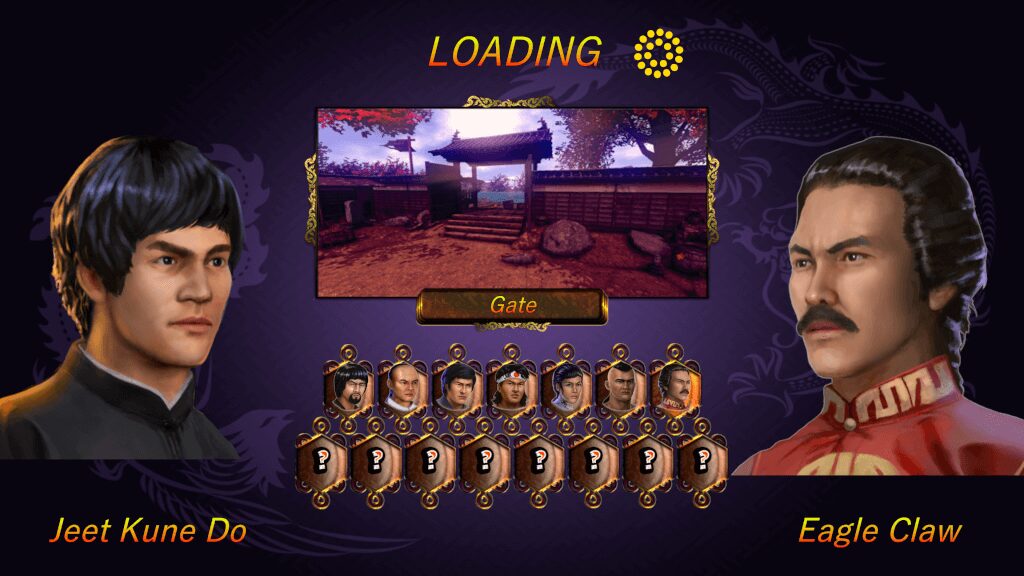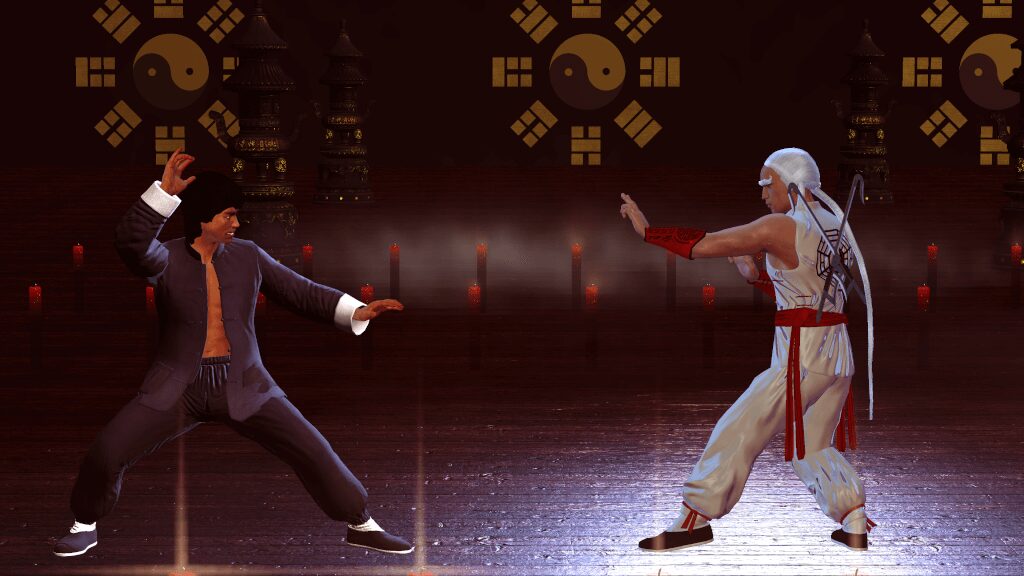Shaolin vs WuTang — Way of the Dragon
After a backlash against wuxia-style martial arts films in the 1970s which contained elements of fantasy and swordplay, the emergence of kung fu cinema throughout the next ten years brought a gritty realism back to the silver screen. Jae Lee attempts to recreate that atmosphere in indie brawler Shaolin vs WuTang.
Shaolin vs WuTang focusses completely on its actions, styles and the movements of its characters in the “one vs one” fighting game premise made popular by Street Fighter in the early nineties. The developer, however, grounds the game in realism with no mystical or magical special attacks or unrealistic acrobatic actions, instead keeping the action as close to the cinema style as possible.
Looking back at my own experience of kung fu cinema, it was quite easy to pick out many of the styles presented as well as the fictional cinema personas they have been created around. Without a licence to carry the actual actors’ names, every character is based on their cinema counterpart and the style these characters were most likely remembered for.
With a choice of over twenty fighters on offer, players will easily recognize the characters portraying certain styles. The challenge is in understanding exactly which piece of history that each character has been taken from. Styles such as Jeet Kune Do will be immediately recognisable as being taken from films like Big Boss and Game of Death but the characters portraying styles like Long Fist, Snake and Monkey will more likely only be recognised by aficionados of the genre from the films like 36 Chambers of Shaolin (Made famous by the Wu Tang Clan), The Five Deadly Venoms and Mad Monkey Kung Fu respectively.

Every character has been lovingly recreated and is unique in their style depending on the film their likeness has been taken from. The same button mappings and special move inputs also apply to every character to picking up and playing instantly doesn’t have the barrier that some specialist hardcore fighting games have as you know what to expect immediately. Attacks, however, are completely unique to the style they mimic with no copy and paste actions or animations across the entire thirty fighter roster.
Punches, kicks and weapon attacks vary based on the player’s directional input and can be strung into different combos, these are also based on realistic fighter movements so you can’t chain moves together which in real situations wouldn’t flow or string together instantly. Fighters can also build up their power for a special combo chain attack which can be activated at the most opportune moment but mostly this is a standalone offensive move rather than something you can combo or cancel into.

Unlike most fighters who simply put their hands up when standing or crouching to block all incoming attacks, Shaolin vs WuTang opts for dynamic animations consisting of blocks, parries, sidesteps and dodges based on the situation of the attack incoming. This really adds to the flow of the fights and keeps things moving swiftly, it also looks great when the attacker whiffs into midair as the defender side steps and responds with a quick snappy kick or punch.
Arcade Mode has you take a selected character and style through the process of defeating every other fighter on the roster including your mirror, it’s a lengthy campaign given there’s no story or underpinning narrative but allows you to get some good experience with a particular style based on your selected difficulty. Players also have the option of a tournament style knockout competition, training, versus modes for multiplayer and, as standard, it’s likely those with extra controllers will find themselves playing with friends in versus.

Music really set the situation and feeling in the cinema with its own recognizable style created by the time the new age titans like Sammo Hung (although his character appearances are weirdly missing from the game) hit the scene in the early eighties. It’s replicated here and there’s a unique piece attached to every single stage. Most are pulled or influenced from and by scenes within the films the fighters are taken from.
The environments themselves whilst also unique from the films don’t have the polish that the fighters have. Given the fluidity and pace of the fighting however it’s probably needed to keep the frame rate of the action high rather than any less attention from the developers.

As an indie passion piece from a smaller developer, Shaolin vs WuTang doesn’t have some of the polish afforded higher budgets and larger resources but it’s built from the heart and that shines through in the love and detail for the genre and the source material it’s based on. With plenty of content, fast fluid action and a real unique feel it’s better than many fighters on the market and the developer is taking feedback seriously with its upcoming follow-up Shaolin vs WuTang 2
Shaolin vs WuTang is available now on Xbox One and PC.
Comments are closed.